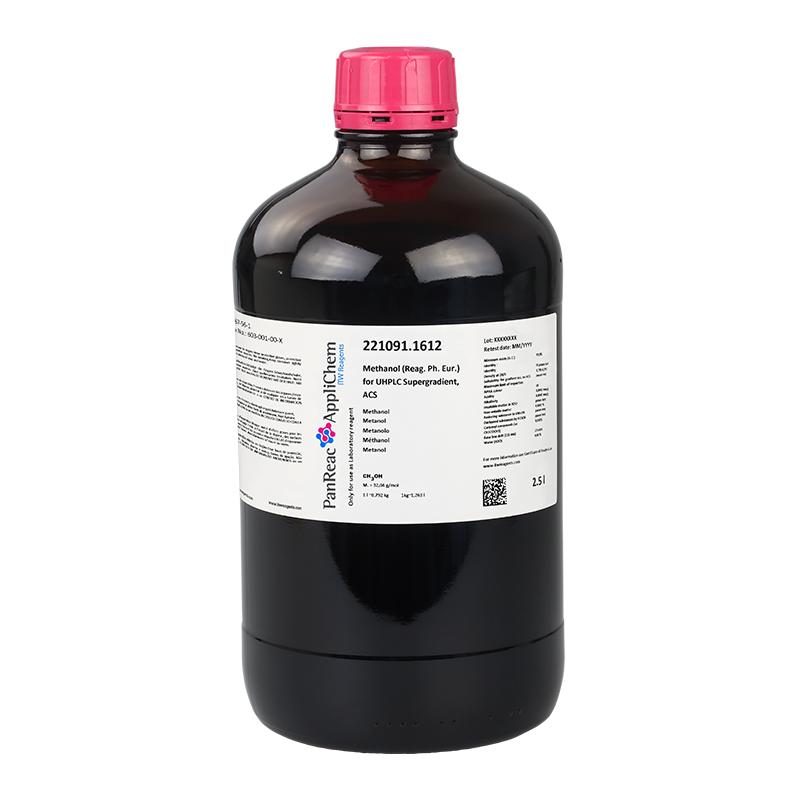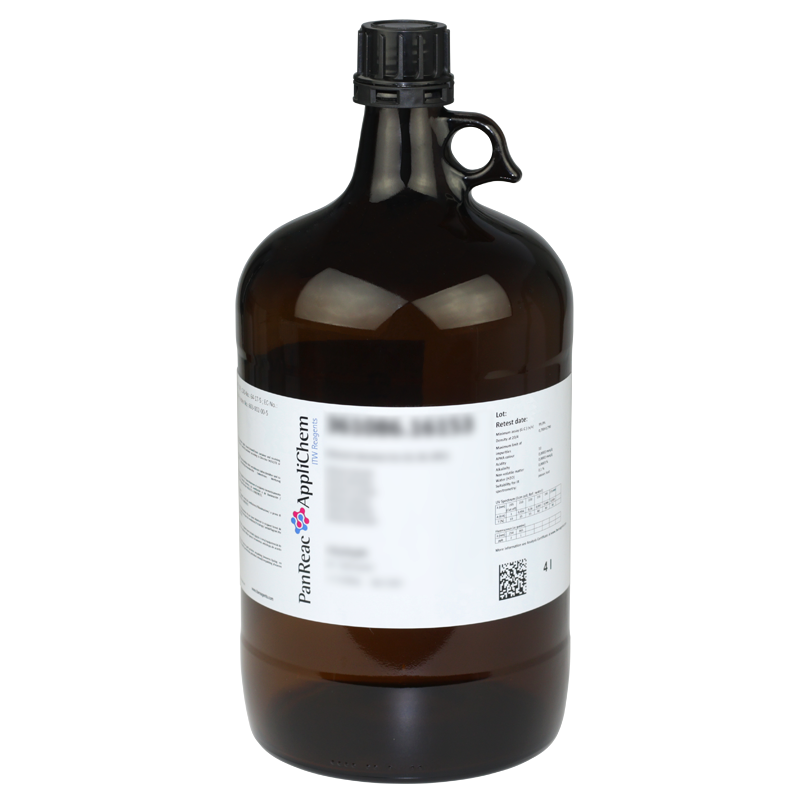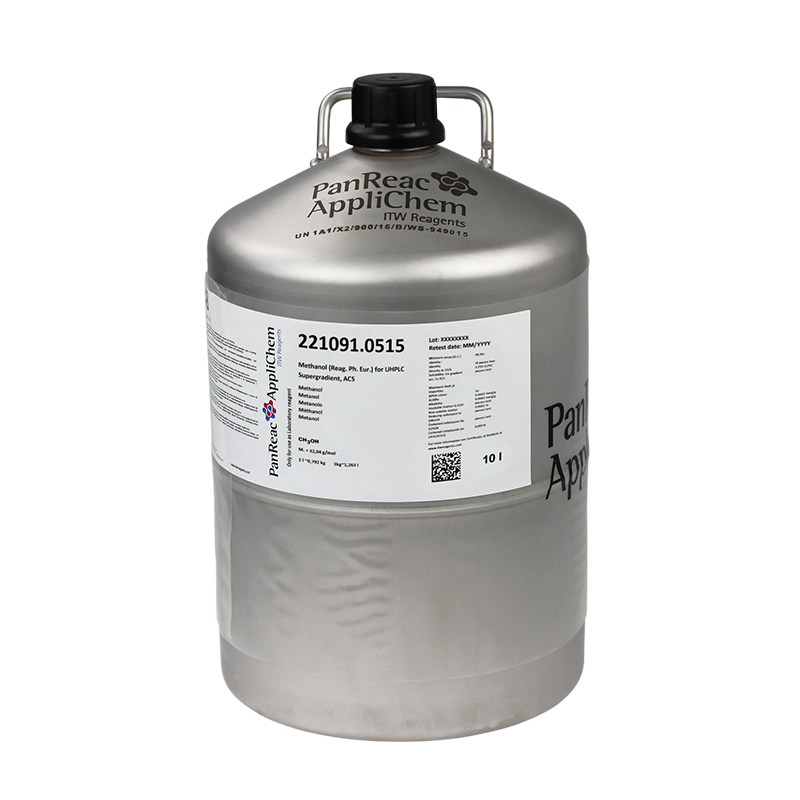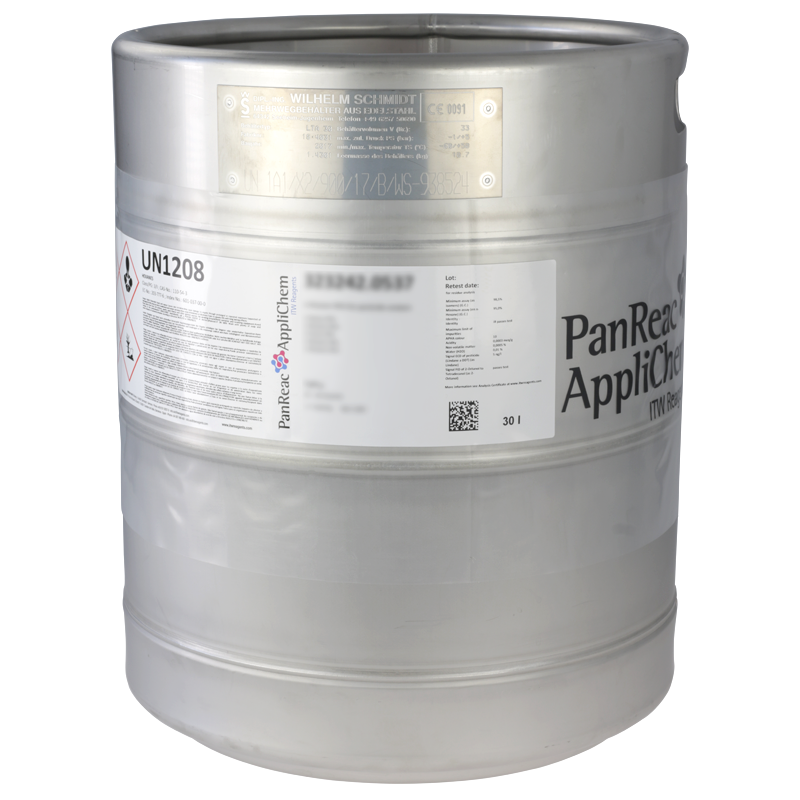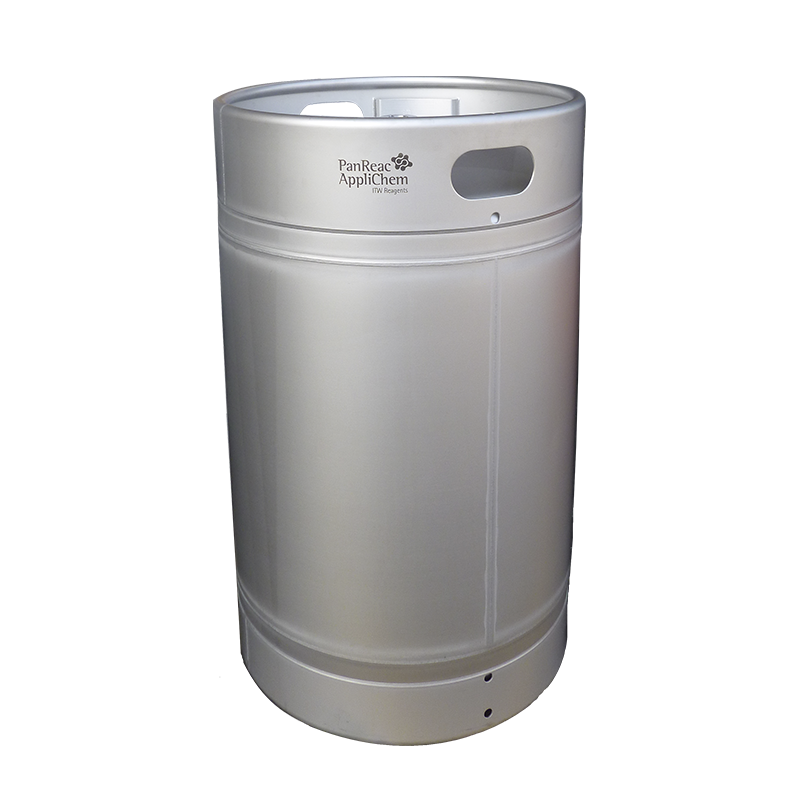FAQs
What is the CAS number of Methanol?
The CAS number of Methanol is 67-56-1.CAS Methanol?
The CAS number of Methanol is 67-56-1.CAS 67-56-1?
The CAS number 67-56-1 is assigned to Methanol.What is methanol?
Methanol, also known as methyl alcohol or carbinol, is a polar protic organic solvent with the molecular formula CH4O or CH3OH, it is the simplest alcohol molecule. At standard conditions, methanol is a clear, colorless, flammable and highly volatile liquid with a characteristic alcoholic odor. It is one of the most important compounds in the chemical industry, either as a raw material or as a solvent for synthesis. It is miscible with many organic solvents and in any proportion with water. It is used as a solvent, antifreeze, liquid fuel additive, fuel, denaturant for ethyl alcohol and as a raw material for many chemical derivatives. Sustainably produced methanol (referred to as green methanol, renewable methanol, biomethanol or e-methanol), facilitates the growth of the green chemistry sector. The need to mitigate climate change and eliminate carbon dioxide (CO2) emissions from all types of energy uses has led to a growing global interest in renewable methanol. Switching to this type of methanol, derived from biomass or synthesized from green hydrogen (of renewable origin) and CO2, could expand the use of methanol as a chemical feedstock and contribute to carbon neutral industry and transportation fuels. It is currently being studied for use as a general purpose fuel. What is methyl alcohol?
Methyl alcohol, also known as methanol or carbinol, is a protic polar organic solvent with the molecular formula CH4O or CH3OH, it is the simplest alcohol molecule. At standard conditions, methanol is a clear, colorless, flammable and highly volatile liquid with a characteristic alcoholic odor. In the chemical industry, methanol is one of the most important raw materials, with a great diversification of end products. In general, methanol is used in multiple applications in all types of laboratories and industries: in chemistry, physical chemistry, organic chemistry, analytical chemistry, quality control, biochemistry, life sciences, research and development laboratories or in innovation departments of any industry or institution, also when raw materials are used in industrial processes for the production of pharmaceutical products or in any organic synthesis or purification process. What does MeOH mean?
MeOH is the abbreviated name for methanol, also known as methyl alcohol or carbinol. It is a protic polar organic solvent, of molecular formula CH4O or CH3OH, it is the simplest molecule alcohol. Under normal conditions, methanol is a clear, colorless, flammable and highly volatile liquid with a characteristic alcoholic odor. In the chemical industry, methanol is one of the most important raw materials, with a great diversification of end products. In general, methanol is used in multiple applications in all types of laboratories and industries: in chemistry, physical chemistry, organic chemistry, analytical chemistry, quality control, biochemistry, life sciences, research and development laboratories or in innovation departments of any industry or institution, also when raw materials are used in industrial processes for the production of pharmaceutical products or in any organic synthesis or purification process. What is methanol used for?
In general, methanol is used in multiple applications in all types of laboratories and industries: in chemistry, physical chemistry, organic chemistry, analytical chemistry, quality control, biochemistry, life sciences, research and development laboratories or in innovation departments of any industry or institution, also when raw materials are used in industrial processes for the production of pharmaceutical products or in any organic synthesis or purification process. It is used in biochemical applications, as a fixative in immunofluorescence and histology and in transfer buffer for western blotting, for Karl Fischer titrations, electrophoresis, spectroscopy, chromatography, pesticide residue analysis, etc. Due to its different applications, it is of vital importance to choose methanol with the appropriate quality grade to obtain high quality, reliable and accurate results. Methanol is particularly suitable for chromatographic techniques such as HPLC, UHPLC, LC-MS (liquid chromatography-mass spectrometry), etc. In recent years, the use of UHPLC (Ultra-High Performance Liquid Chromatography), has grown significantly. The increased speed of analysis, high efficiency, high resolution, robustness, reliability and commercial availability of a wide range of UHPLC instruments and stationary phases, with significant improvements in the technology of this equipment (detectors, automatic injectors, pumps, columns, etc.), has led to more and more laboratories acquiring UHPLC equipment and to the development of methods for the analysis of pharmaceuticals, for example, using this technique. To achieve maximum performance of these UHPLC systems, it is advisable to use suitable solvents of high purity to increase detection sensitivity, improve quantification accuracy and protect the UHPLC systems from particulate impurities that can clog and block the system. In the chemical industry, methanol is one of the most important raw materials, with great diversification of end products. It is used for the synthesis of formaldehyde, acetic acid, MTBE, methyl methacrylate, methyl chloride or methylamines, which in turn can be transformed into a number of secondary and tertiary derivatives, such as vinyl acetate, acetic anhydride, phenol-formaldehyde resins and melamine resins. Methanol is intrinsically linked to other organic feedstocks, as it can be converted to olefins via MTO (methanol to olefins) and MTP (methanol to propylene) and to aromatics via MTA (methanol to aromatics). Methanol is also the feedstock for all critical derivatives for polymer production: ethylene, propylene, benzene, xylene and formaldehyde. In the rectisol process, methanol is used to separate acidic components such as carbon dioxide or carbonyl sulfide from gas streams. Methanol is also used to produce biodiesel. For fuel cell operation, a mixture of pure methanol and water supplies the chemical energy that is then transformed into electrical energy. As a low-risk liquid, methanol is an excellent hydrogen carrier for fuel cells. At the point of use, it is enriched with locally supplied water and passed to a reformer that separates the hydrogen for transfer to the cell. The water supplies another 33% of hydrogen to the cell. In total, it provides 2.1 times more hydrogen than if it is used in pure liquid form. Methanol has a great future as an alternative fuel, it has gained a large number of followers in its use as a fuel in the shipping industry currently immersed in the search for environmentally friendly options and as a solution to the challenges faced at this time. What are the applications of methanol?
In general, methanol is used in multiple applications in all types of laboratories and industries: in chemistry, physical chemistry, organic chemistry, analytical chemistry, quality control, biochemistry, life sciences, research and development laboratories or in innovation departments of any industry or institution, also when raw materials are used in industrial processes for the production of pharmaceutical products or in any organic synthesis or purification process. It is used in biochemical applications, as a fixative in immunofluorescence and histology and in transfer buffer for western blotting, for Karl Fischer titrations, electrophoresis, spectroscopy, chromatography, pesticide residue analysis, etc. Due to its different applications, it is of vital importance to choose methanol with the appropriate quality grade to obtain high quality, reliable and accurate results. Methanol is particularly suitable for chromatographic techniques such as HPLC, UHPLC, LC-MS (liquid chromatography-mass spectrometry), etc. In recent years, the use of UHPLC (Ultra-High Performance Liquid Chromatography), has grown significantly. The increased speed of analysis, high efficiency, high resolution, robustness, reliability and commercial availability of a wide range of UHPLC instruments and stationary phases, with significant improvements in the technology of this equipment (detectors, automatic injectors, pumps, columns, etc.), has led to more and more laboratories acquiring UHPLC equipment and to the development of methods for the analysis of pharmaceuticals, for example, using this technique. To achieve maximum performance of these UHPLC systems, it is advisable to use suitable solvents of high purity to increase detection sensitivity, improve quantification accuracy and protect the UHPLC systems from particulate impurities that can clog and block the system. In the chemical industry, methanol is one of the most important raw materials, with great diversification of end products. It is used for the synthesis of formaldehyde, acetic acid, MTBE, methyl methacrylate, methyl chloride or methylamines, which in turn can be transformed into a number of secondary and tertiary derivatives, such as vinyl acetate, acetic anhydride, phenol-formaldehyde resins and melamine resins. Methanol is intrinsically linked to other organic feedstocks, as it can be converted to olefins via MTO (methanol to olefins) and MTP (methanol to propylene) and to aromatics via MTA (methanol to aromatics). Methanol is also the feedstock for all critical derivatives for polymer production: ethylene, propylene, benzene, xylene and formaldehyde. In the rectisol process, methanol is used to separate acidic components such as carbon dioxide or carbonyl sulfide from gas streams. Methanol is also used to produce biodiesel. For fuel cell operation, a mixture of pure methanol and water supplies the chemical energy that is then transformed into electrical energy. As a low-risk liquid, methanol is an excellent hydrogen carrier for fuel cells. At the point of use, it is enriched with locally supplied water and passed to a reformer that separates the hydrogen for transfer to the cell. The water supplies another 33% of hydrogen to the cell. In total, it provides 2.1 times more hydrogen than if it is used in pure liquid form. Methanol has a great future as an alternative fuel, it has gained a large number of followers in its use as a fuel in the shipping industry currently immersed in the search for environmentally friendly options and as a solution to the challenges faced at this time. What is the melting point of methanol?
The melting (freezing) point of methanol is -98 °C. What is the boiling point of methanol?
The boiling point of methanol is 65 °C. What is the solubility of methanol?
Methanol is miscible with water in any proportion, with ethanol, ether, benzene, ketones and in many other organic solvents, it forms azeotropes with many compounds, however it is poorly soluble in oils and fats. Methanol can also dissolve some inorganic salts, e.g. sodium iodide 43%, sodium bromide 15%, sodium chloride 1.4%, potassium chloride 0.54%, etc. (w/w at 25 °C). What is the density of methanol?
The density of methanol is 0.792 at 20 °C. What is the dipole moment of methanol?
The dipole moment of methanol is 1.69 D. What is the dielectric constant of methanol?
The dielectric constant (permittivity) of acetonitrile is 32.7 at 25 °C. Is methanol a polar solvent?
Yes, methanol is a polar protic solvent. However, the word polar has a dual use in organic chemistry. When a molecule is said to be polar, it means that it has a high dipole moment. When a solvent is said to be polar, it means that it has a high dielectric constant. In other words, solvent polarity, or dielectric constant, is a property at the macroscopic level, while molecular polarity, or dipole moment, is a property of single molecules. The dielectric constant and the dipole moment are complementary properties of a substance. Both physical constants are often used to characterize its polarity, although the dipole moment does not represent the polarity of a solvent. Although the polarity of a solvent depends on many factors, it can be defined as its ability to solvate and stabilize charges. Arbitrarily, as a reference point, solvents with a dielectric constant greater than 15 begin to be considered polar. In short, polar solvents have a high dipole moment, dissolve polar compounds, have a high dielectric constant (>15). In polar solvents there is a separation of positive partial and negative partial charges within the same molecule, they are composed of atoms that have a high electronegativity difference. Polar solvents have polar bonds. Examples of polar solvents are water, acetone, acetonitrile, dimethylformamide (DMF), dimethyl sulfoxide (DMSO), isopropanol, methanol, etc. What does polar protic solvent mean?
The term "polar protic solvent" refers to a polar solvent that is able to exchange protons with reactants, that has a dissociable proton, i.e. the molecules of these solvents can donate an H+. Protic polar solvents are water, alcohols, e.g. isopropyl alcohol (2-propanol or IPA), butanol, n-propanol, methanol, ethanol, benzyl alcohol, 1,2-butanediol, 1,3-butanediol, 1,4-butanediol, 2, 3-butanediol, butylene glycol, butyloctanol, cyclohexanedimethanol, 1,10-decanediol, diethoxydiglycol, dipropylene glycol, ethoxydiglycol, ethylene glycol, 1,2-hexanediol, 1,2,6-hexanediol, hexylene glycol, propanediol, propylene glycol, etc. What are the safety precautions for methanol?
The safety indications for methanol according to the CLP (Classification, Labeling and Packaging) Regulation are: H225, H301+H311+H331, H370, P280, P301+P310, P321, P330, P303+P361+P353, P361+P364, P405, P501. The symbols or pictograms according to GHS (Globally Harmonized System of Classification and Labelling of Chemicals) are: GHS02, GHS06 and GHS08. Methanol is for professional use only. The Safety Data Sheet (SDS) can be consulted by following this link https://www.itwreagents.com/download_file/sds/131091/eu/sds_131091_en.pdf. Where to buy methanol?
You can purchase PanReac AppliChem brand methanol from ITW Reagents through its worldwide network of distributors, or through the online store if you are a registered ITW Reagents customer. Follow this link to find a distributor in your country https://www.itwreagents.com/rest-of-world/en/distributors-rw. If you wish to purchase methanol for production processes, please contact us directly.









